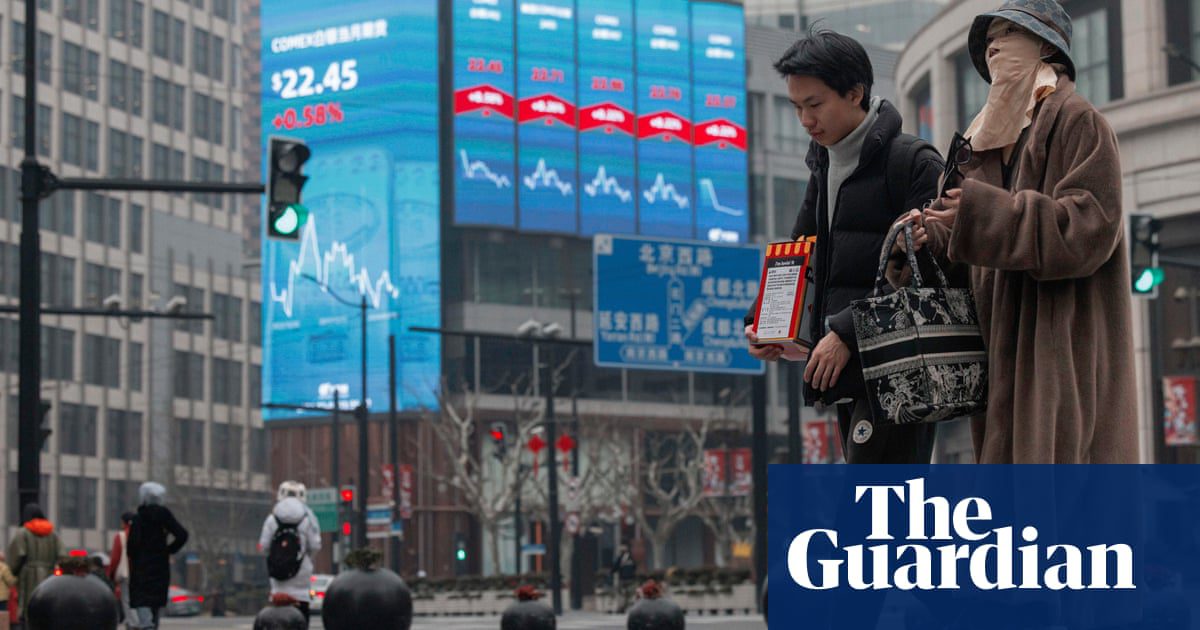
Asian markets displayed a varied performance on Tuesday as investors remained apprehensive about Donald Trump’s forthcoming decisions following his implementation of 25% tariffs on steel and aluminum imports, with hints of additional measures on the horizon.
Remaining true to his campaign promises, the president is reengaging in tough trade tactics aimed at securing concessions across multiple areas, including trade, immigration, and drug policy.
While global stock markets enjoyed a rally on Monday, Asian indices struggled to keep that momentum. Hong Kong experienced fluctuations between gains and losses, whereas both Shanghai and Singapore saw declines. Conversely, markets in Seoul, Sydney, and Taipei registered gains.
The uncertainty stemming from Trump’s actions has driven safe-haven gold prices to new heights. On Monday, the price surpassed $2,900 for the first time and continued to climb on Tuesday, reaching a record above $2,938.
“We’re still in the early stages,” commented Marc Chandler, chief market strategist at Bannockburn Global Forex in New York. “Currently, the market appears to be fluctuating without a clear direction.”
Since Trump’s inauguration, stock markets have remained resilient, with London and Frankfurt even achieving record highs on Monday, as analysts indicated that the new measures have not yet proven to be as drastic as anticipated.
However, caution prevails among traders as they prepare for the next White House announcement. Maurice Obstfeld, a senior fellow at the Peterson Institute for International Economics, remarked that “the level of uncertainty surrounding trade policy has significantly escalated.”
Charu Chanana, chief investment strategist at Saxo Markets, added, “These expanding trade actions beyond previous threats to Canada, Mexico, and China are likely to lead to new import restrictions and retaliatory measures, suggesting greater volatility ahead for investors.”
“Tariffs are increasingly being employed not only as a means to tax imports but also as instruments for national security, economic leverage, and revenue generation, pointing to a transition towards long-term economic policies rather than just short-lived trade disputes.”
Concerns that Trump’s tariffs, combined with tax reductions and deregulation, could ignite inflation and compel the Federal Reserve to maintain higher interest rates have bolstered the dollar against most other currencies.
Upcoming reports on consumer and producer price indexes will provide fresh insights into inflation trends, while the head of the Fed, Jerome Powell, is scheduled to testify before U.S. lawmakers.
Both sets of data will be closely analyzed for indications of the central bank’s rate strategies, with projections suggesting a maximum of two rate cuts this year.
Contributions to this report were made by Agence France-Presse and Reuters.









